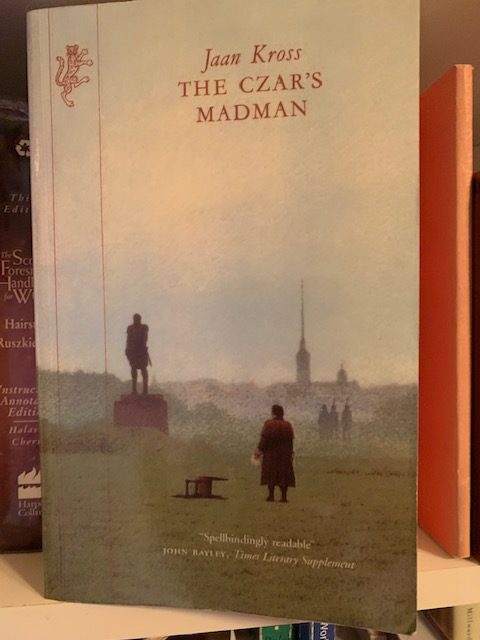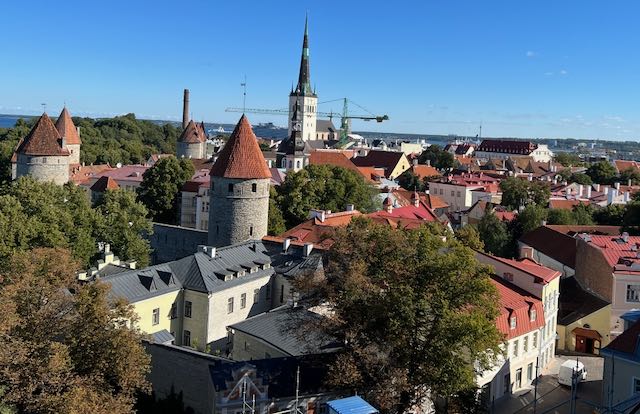Purchase Tramadol Overnight Estonia is the smallest of the Baltic countries, and its population of about 1.3 million people makes it one of the least populous of all the countries in the European Union. The capital city of Tallinn has a population of about 450,000, about the size of the greater Des Moines area. Small population or no, there are a number of notable Americans who have been of Estonian or at least part Estonian descent: These include the Pulitzer-Prize winning editorial cartoonist Edmund S. Valtman; the astronaut and test pilot Nicole Aunapu Mann, the first woman to command a NASA Commercial Crew Program launch; actress and model Mena Suvari, who starred in the Oscar-winning film American Beauty and the HBO series Six Feet Under; Samuel H. Shapiro, one-time governor of Illinois (1968-69); Aleksander Einsein, who was Commander-in-chief of the Estonian army and held dual U.S. and Estonian citizenship; Toomas Hendrik Ilves, born in Sweden but raised in New Jersey, who became the fourth President of Estonia (2006-2016). And oh yeah, there was an obscure American president by the name of Franklin Delano Roosevelt who was descended from 17th-century Estonian immigrants in what was then New Amsterdam.
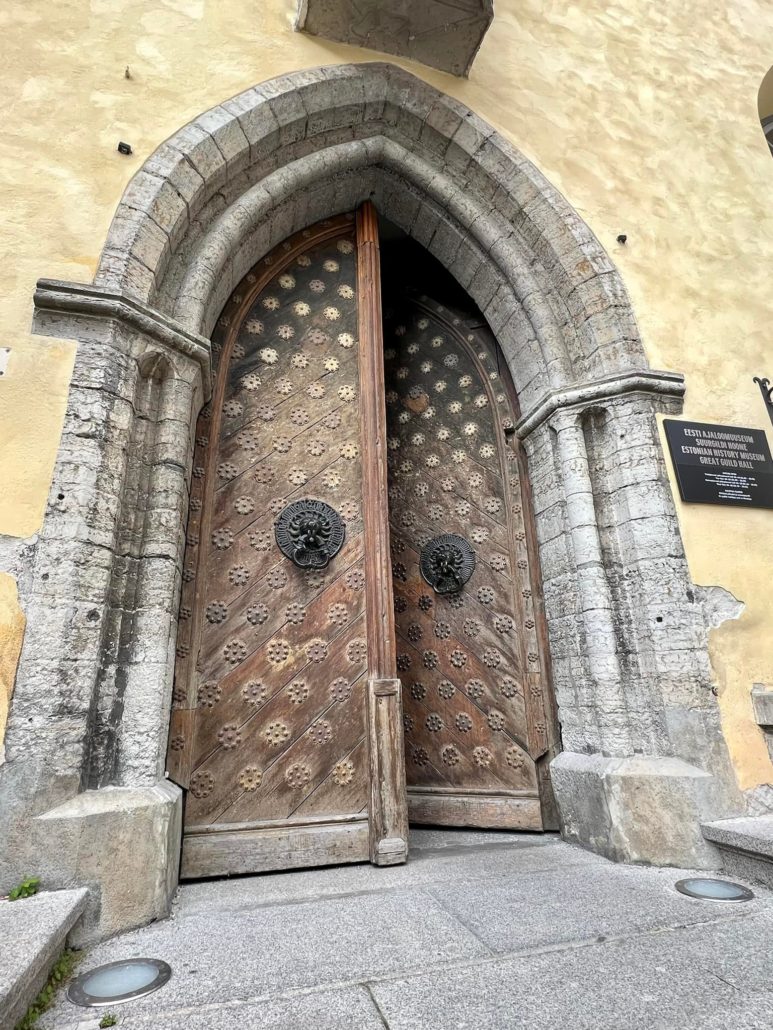
https://www.circologhislandi.net/en/conferenze/ And despite its relative obscurity, Estonia turns out to be a beautiful place to visit, with a fascinating complex history and a national pride in the arts, especially music and literature. The importance of music to Estonians is legendary: the revolution that freed Estonia from Soviet control is known as the “Singing Revolution,” since it began with the singing of patriotic songs at the Song Festival Grounds in Tallin, and most dramatically culminated in the “Baltic Way,” when some two million citizens of the three Baltic states joined hands and formed a human chain from Tallinn through Riga (Latvia) to Vilnius (Lithuania) on August 23,1989 (during which a lot or singing took place), to protest the 50th anniversary of the Hitler-Stalin nonaggression pact that divided the Baltic states between them. As for their literature, since the Estonian language has only a little more than a million speakers, and they see their language as the major unifying identifier of their people as a nation, their writers are vitally important, and they are prominently commemorated in the city.

Historically, Tallinn was a well-fortified city overlooking the Gulf of Finland. Indeed, today Tallinn is just a 20-minute flight from Helsinki. Tallinn also boasts an Old Town that is acclaimed as a UNESCO World Heritage Site. In the Middle Ages, Tallinn was first under control of the Danes, but in the 13th century was conquered by the Teutonic Knights, who conducted a crusade against the Estonians as one of the last peoples of Europe to accept Christianity. Thus the Germans ruled “Livonia” (their term for Estonia and Latvia) for hundreds of years, during which Tallinn was a major port of the medieval Hanseatic League, a time recalled by the cobbled streets and stone merchant houses of the Old Town. The Tallinn Town Hall and the Great Guild Hall (which house a music museum) are favorite sites here, as is the Holy Spirit Lutheran Church (dating as you would expect, from the Swedish occupation). For literature enthusiasts, this church has a special appeal, because a 16th-century pastor of this church, Johann Koell, wrote what is considered to be the oldest book written in the Estonian language—a 1535 catechism.
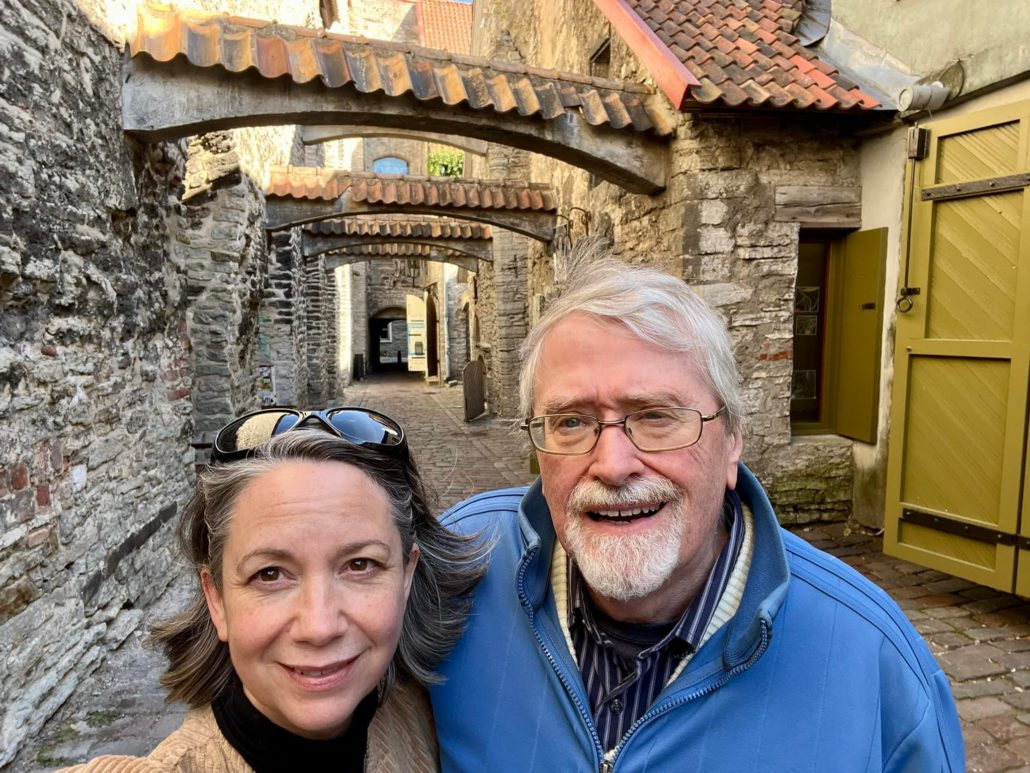
Sweden conquered Tallinn in the 16th century, but ultimately ceded control of the region to Russia in 1710. By the early 19th century, Tallinn had become one of the major ports of the Russian Empire, with a direct railway service to St. Petersburg. Outside the Old Town, you can visit the beautiful Kadriorg Park, with the baroque palace (now art museum) that Peter the Great built for his wife Catherine—as well as the small house he and Catherine stayed in on their visits to Tallinn in the early years of Russian hegemony.
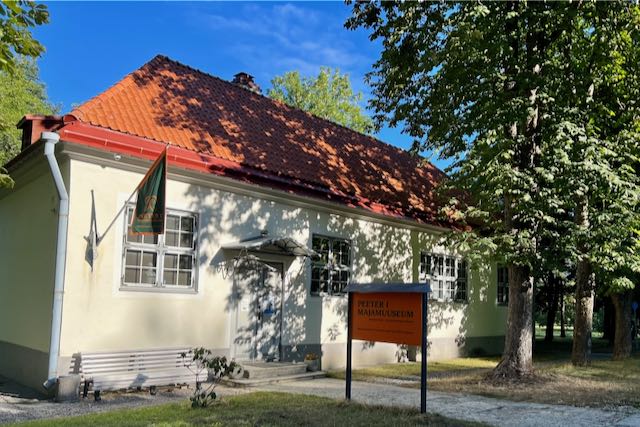
The 19th-century, however, was a period of growing nationalism throughout Europe, and people who had been subject to imperial powers began to search for ways to assert their national identity. One of the first “requirements” to be thought of as a “nation” was for a people to have a national epic. For Estonians, that requirement was met in the mid-19th century. Friedrich Reinhold Kreutzwald, basing his story on work begun by the scholar Friedrich Robert Faehlman with oral stories about a giant folklore hero called Kalevipoeg, composed a unified tale by that title, which was completed in 1853, and a revised edition published in 1862 (there is an English edition by W.F. Kirby called The Hero of Esthonia, published in 2009).

There are similarities with the Finnish Kalevala (Finnish and Estonian are closely related languages), and as a result of his labors, Kreutzwald is considered the father of Estonian national literature. There is a statue in his honor in Kadriorg Park in Tallinn, with carved scenes from the Kalevipoeg in bronze reliefs on the base.
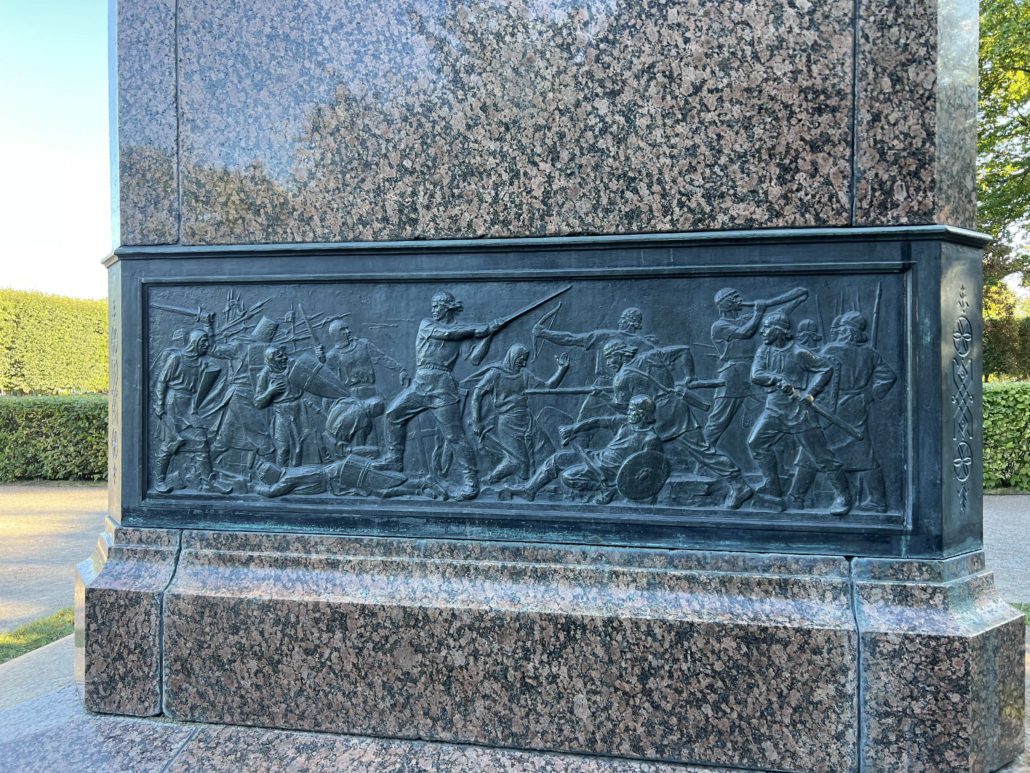
Another prominent author memorial in Tallinn is one you may see while walking to the Old Town from one of the larger hotels in the area, if you happen to cross through a green space called Tammsaare Park. This is a park named for one of Estonia’s greatest writers from between the world Wars: Anton Hansen (1878-1940), known by his pen name A.H. Tammsaare. Estonia had in fact declared its independence from Russia in 1918 after the Russian Revolution, and successfully fought off the Bolsheviks who attempted to reassert Russian authority in 1920. But Germany took Estonia early in World War II, to be ousted in 1944 by the Soviets, who decided to keep Estonia for themselves. During the 20 years of independence, however, Estonia writers flourished. Influenced by Russian realists—Tolstoy and Dostoevsky—Tammsaare became best known for his five-volume saga Truth and Justice (1926-1933), considered a classic of Estonian literature, but internationally he is best known for his last novel, Devil With a False Passport (1939), which was made into a popular film. You can see Tammsaare’s statue in the park named for him.
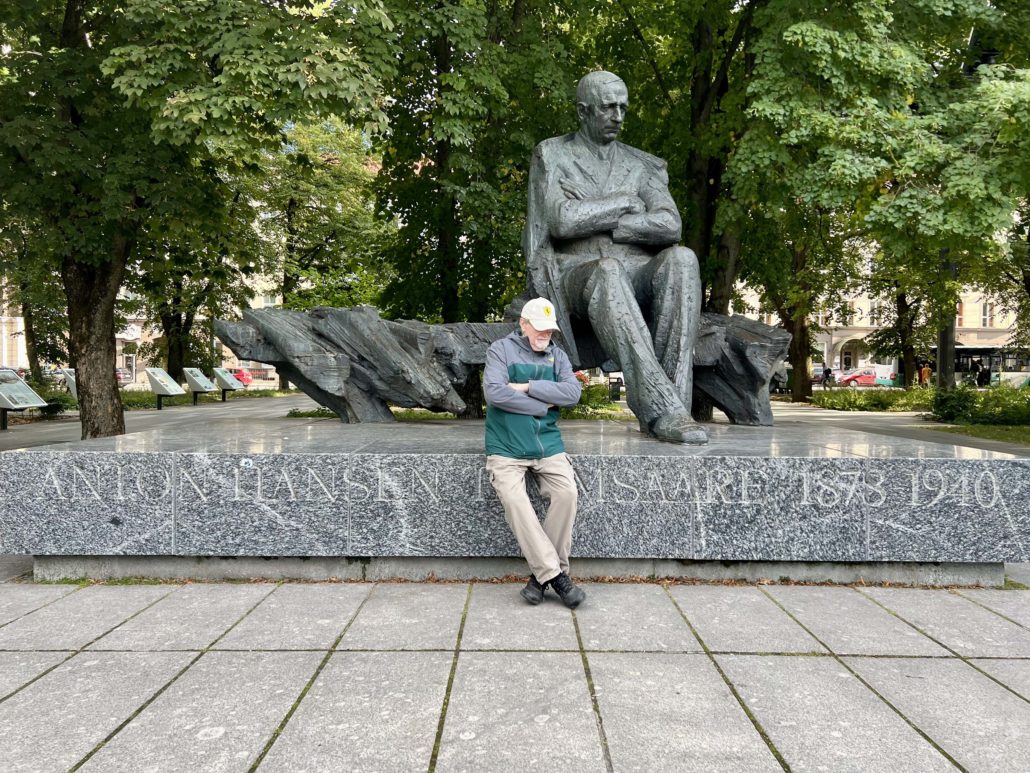
The most significant Estonian writer of the recent Soviet period and beyond has been Jaan Kross, who has recently been honored with a statue in Old Town Tallin, just near the tourist Information office. Not far from his statue is the 15th-century house that belonged to the painter Michael Sittow, about whom and whose house Kross wrote a famous short story called “Four Monologues in the Case of St. George.” Kross was 20 years old when the Soviets occupied Estonia in 1940. The Germans invaded the following year, and in 1944 Kross was arrested for the crime of “nationalism,” which translates as advocating for Estonian independence. Meanwhile he was obtaining a law degree from the University of Tartu. After the Soviets annexed the country in 1946, Kross was arrested again, eventually being deported to Vorkuta Gulag, a forced labor camp in Siberia north of the Arctic Circle. He remained there for eight years, and when he returned to Estonia in 1956, he made up his mind to live by his writing, since his law degree was useless now that Soviet law ruled the country.
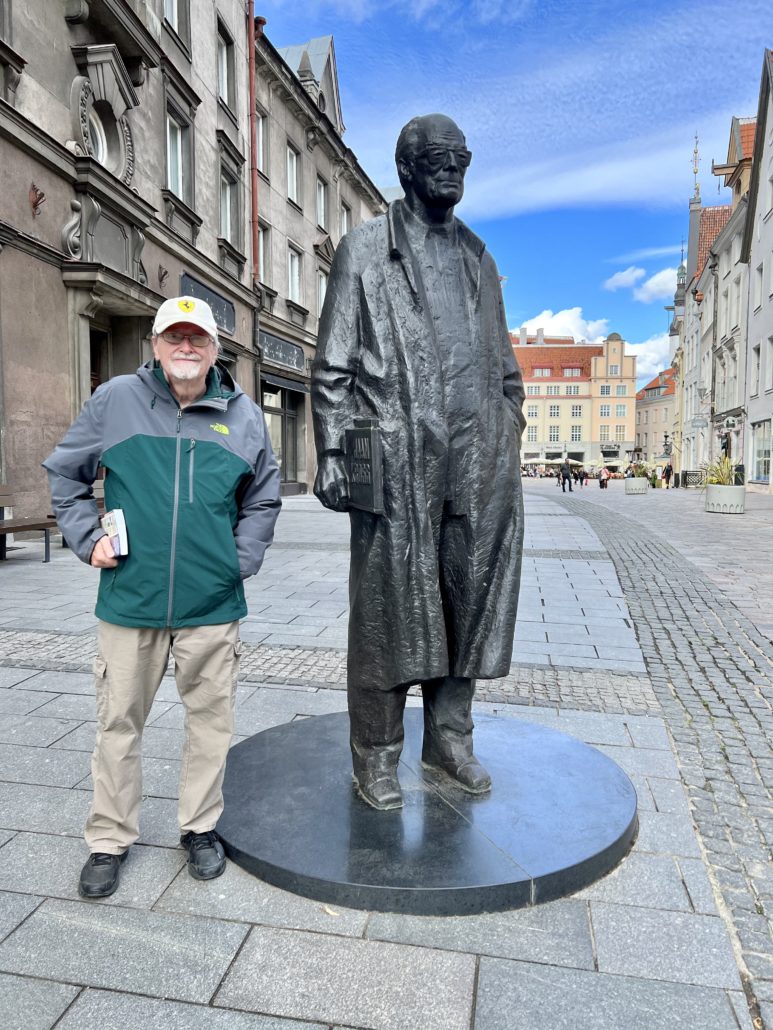
Kross most commonly wrote historical fiction, often disguising his commentary about contemporary issues under historical events. His best-known and most often translated novel, The Czar’s Madman (1978), is a tragic story based on the life of Timotheus von Bock (1787-1836), who takes literally Czar Alexander I’s invitation to always tell him the truth, and writes a sixty page memorandum on how Russian society needs to be transformed, by, for example, freeing he serfs. In 1818, Timo is arrested and imprisoned for eight years (sounds a bit autobiographical, doesn’t it?). When he is released, he is kept under house arrest, and the narrator, his brother-in-law, looks for ways to effect his escape. Though the novel faults the Czar, he is clearly a stand-in for the tyranny of the modern Soviet state.
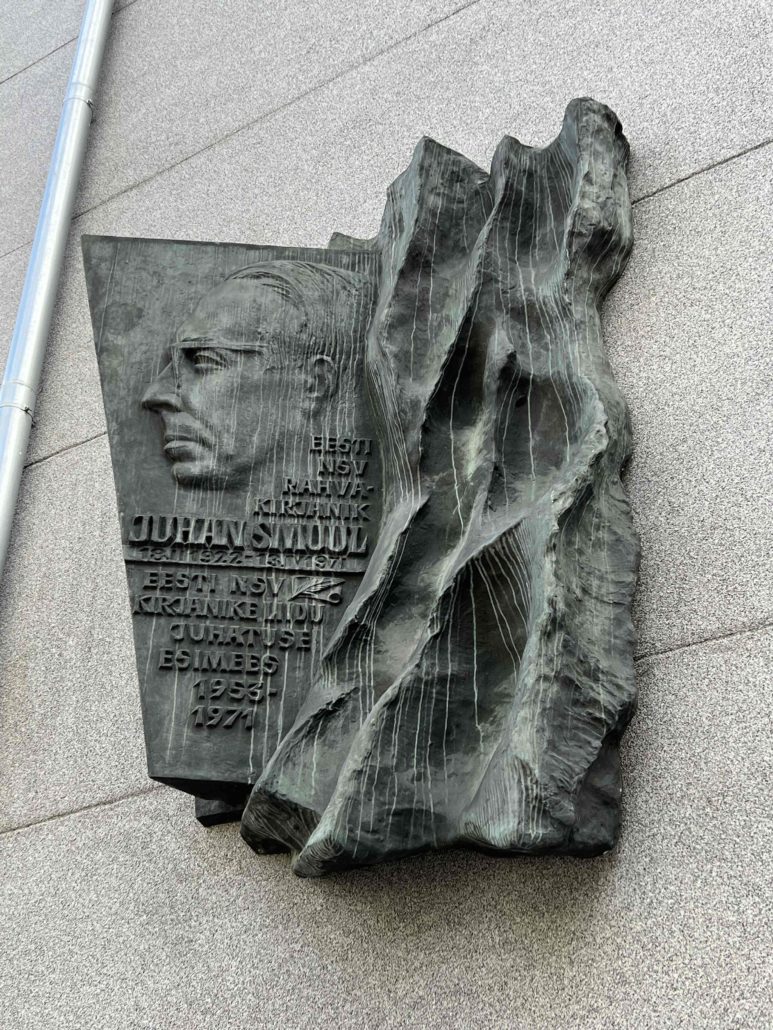
Even during Soviet occupation, Kross was recognized as the leading Estonian novelist, and in 1977 received the State Prize of the Estonian SSR. He was given the honorary title “People’s Writer of the Estonian SSR” in 1985, and received the Baltic Assembly Prize for Literature in 1999. Once Estonia had regained its independence, Kross received other international prizes, and reportedly was nominated for the Nobel Prize a number of times in the 1990s. A good translation of The Czar’s Madman is available in English, You ought to read it! And then you ought to take a trip to Estonia. It’s a beautiful place, and anyplace that reveres its writers is worth visiting.
